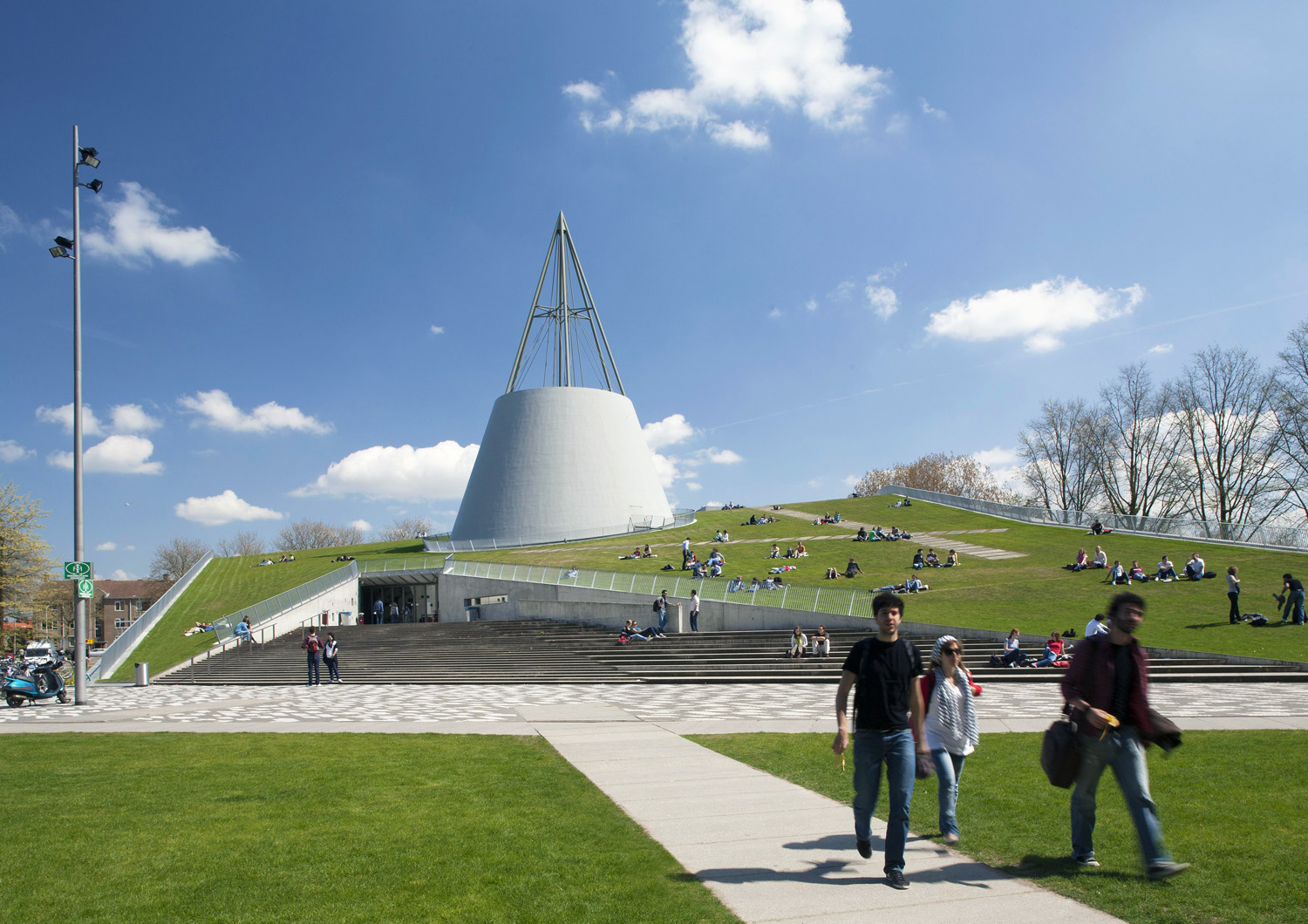The Number of Young People Choosing to Study Architecture is Rising
Browse the Architizer Jobs Board and apply for architecture and design positions at some of the world’s best firms. Click here to sign up for our Jobs Newsletter.
Architecture has always been regarded as a respected and sought-after profession. It is a challenging job that typically requires a good education, years of specialized study and an artistic eye. As a profession, architecture falls within that rare and remarkable category of a career choice that interweaves endless creativity and strict practicality in a wholly satisfying way.
Still, let us not forget that architecture was a historical industry dominated by the patriarchy and was, in its infancy, a sector that provided a significantly higher wage than many other career paths. While equality in architecture has undoubtedly progressed — however incrementally — and the financial reward is most definitely not the enticing laurel it once was, applications to study in the field of architecture are beginning to rise worldwide at a reasonably significant rate in many places.
Over the last few decades, the popularity of architecture as a subject of study has illustrated a typical ebb and flow. The numbers often reflect the politics of whichever country you observe. The annual trends align with the state of the current economy on the back of recessions, housing booms and crashes and the likes. Understandably, each of these economic trials and tribulations has a knock-on effect on the younger generation, forcing them to ask, “Why study architecture if you can’t get a job doing it?” (A familiar question for most Gen X and Millennial architects.)
Surprisingly, however, early indications seem to show that a career in architecture may be the way to go in today’s economy. In recent UCAS statistics, 54,810 applications to study architecture were admitted before the deadline, marking a 5% rise from the previous year’s 51,980 applications. This continued the upward trajectory from 2019 when 48,360 people had applied by the same time.
Born between 1997 and 2012 and into a world that was falling apart, right on the tails of a massive recession, Gen Z has grown up to be more political, inclusive, diverse, caring, focused, money-conscious and with a much higher aptitude for technology than any of their predecessors. Currently, Gen Z makes up the majority of the student population worldwide, and data shows that by 2025, Gen Z workers will make up around 27% of the workforce. The tech-savvy eco-warriors are set to dominate, and right now they are choosing their career paths. However, unlike past generations who decided to shy away when things looked tough, it seems that the world’s plight is perhaps part of why so many young people are being drawn to architecture.
While Generation Z is, in fact, the largest generation we have ever seen, comprising almost 30% of the global population, the uptick is somewhat surprising given the eye-watering costs of college and university; applications to various programs often must factor in the need to pay of impending student debt. Indeed, the overall enrollment in undergraduate and graduate programs has been trending downward since around 2012, with the pandemic further increasing the decline at the undergraduate level.

Simmons Hall, MIT by Steven Holl Architects, Cambridge, MA, United States
So why, when so many fields becoming less popular, is architecture climbing? Though it’s hard to pinpoint one specific reason, there are a few clues. Firstly, architecture as a practice has gone digital; it is a career choice that suits the inherent skill set of this upcoming generation. Augmented reality, BIM, nanotechnologies, data analysis, and AI — the digital era of architecture was made for the tech natives of Gen Z, and they know it. Alongside that, the additional skills developed while studying architecture also open up a multitude of new areas to work in outside of the immediate field. For example, 3D modeling is a skill valued in thousands of industries, and this generation appreciates cross-transferrable skills.
Another critical reason that Generation Z is being drawn to architecture is flexibility. Gen Z is seen to value this over almost anything else. Flexibility means freedom, and a career in architecture can provide that — particularly as we transition towards a post-Covid work culture. Many architecture practices have loosened their reigns and are letting their workers roam. Architects are key candidates for the vastly increasing number of digital nomad visas that are popping up around the world, and Gen Z is keeping this in mind when choosing their path.

Library Delft University of Technology by Mecanoo, Delft, Netherlands
Finally, Gen Z is the most eco-conscious generation we have ever seen. They want to protect their and their children’s future. With around 40 percent of greenhouse gas emissions being produced by the construction industry, these young people are determined to change the narrative by doing what they do best. They are getting educated, getting involved, and ensuring they are heard so they can facilitate change.
With technology rapidly advancing as it is, Gen Z will be able to bring promising skills and values that will benefit the architectural profession as well as the environment on a global level. As this generation continues to grow and develop alongside software, hardware, new techniques and materials we are yet to imagine, there is no doubt we will see a global professional exchange, bridging the gaps between different countries and industries. They will be a catalyst for a cultural exchange that seeks to benefit all. All the while, their consciousness for environmental stability looks to repair the damage of a world that will be left to them to shepherd before it’s too late.
Browse the Architizer Jobs Board and apply for architecture and design positions at some of the world’s best firms. Click here to sign up for our Jobs Newsletter.

